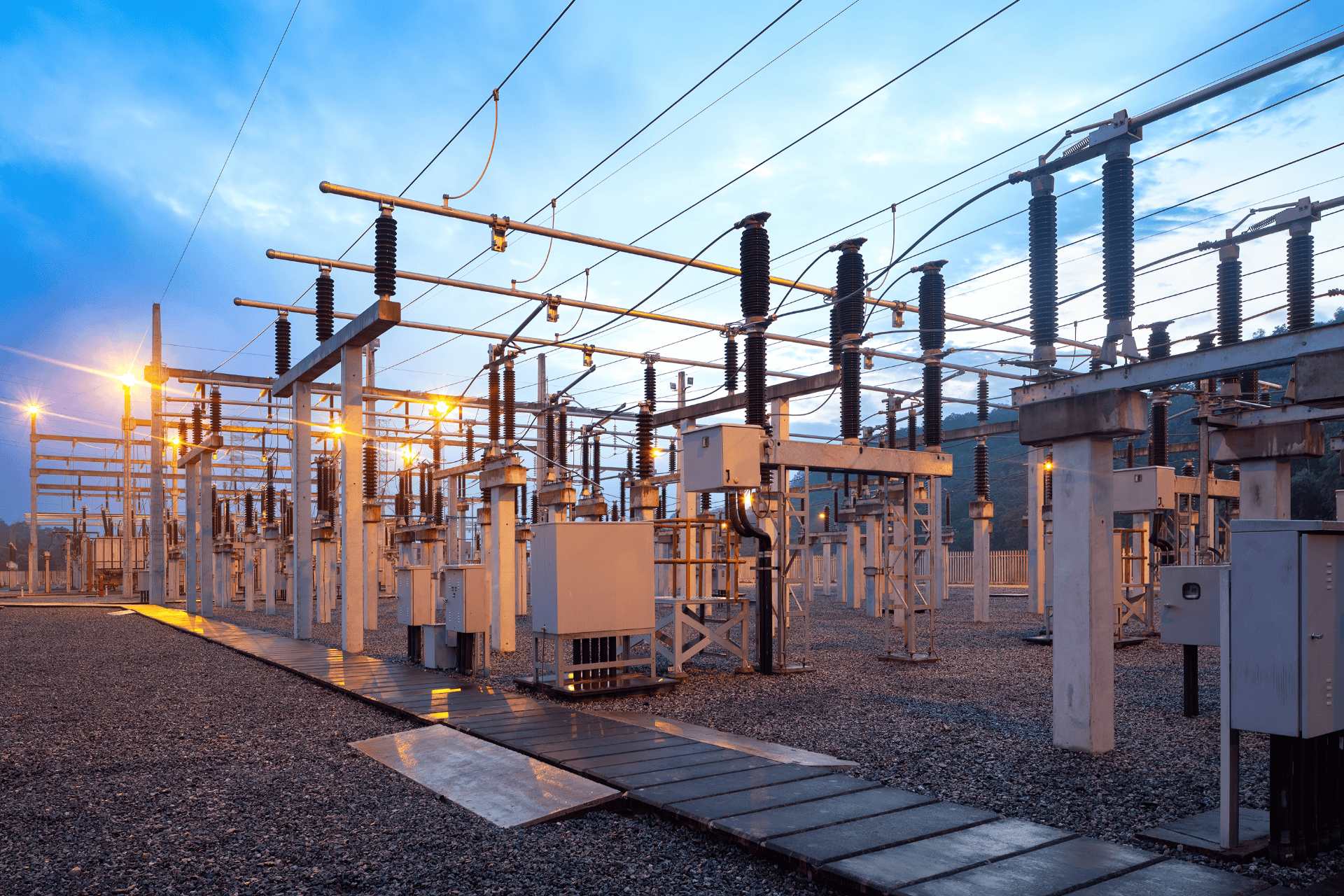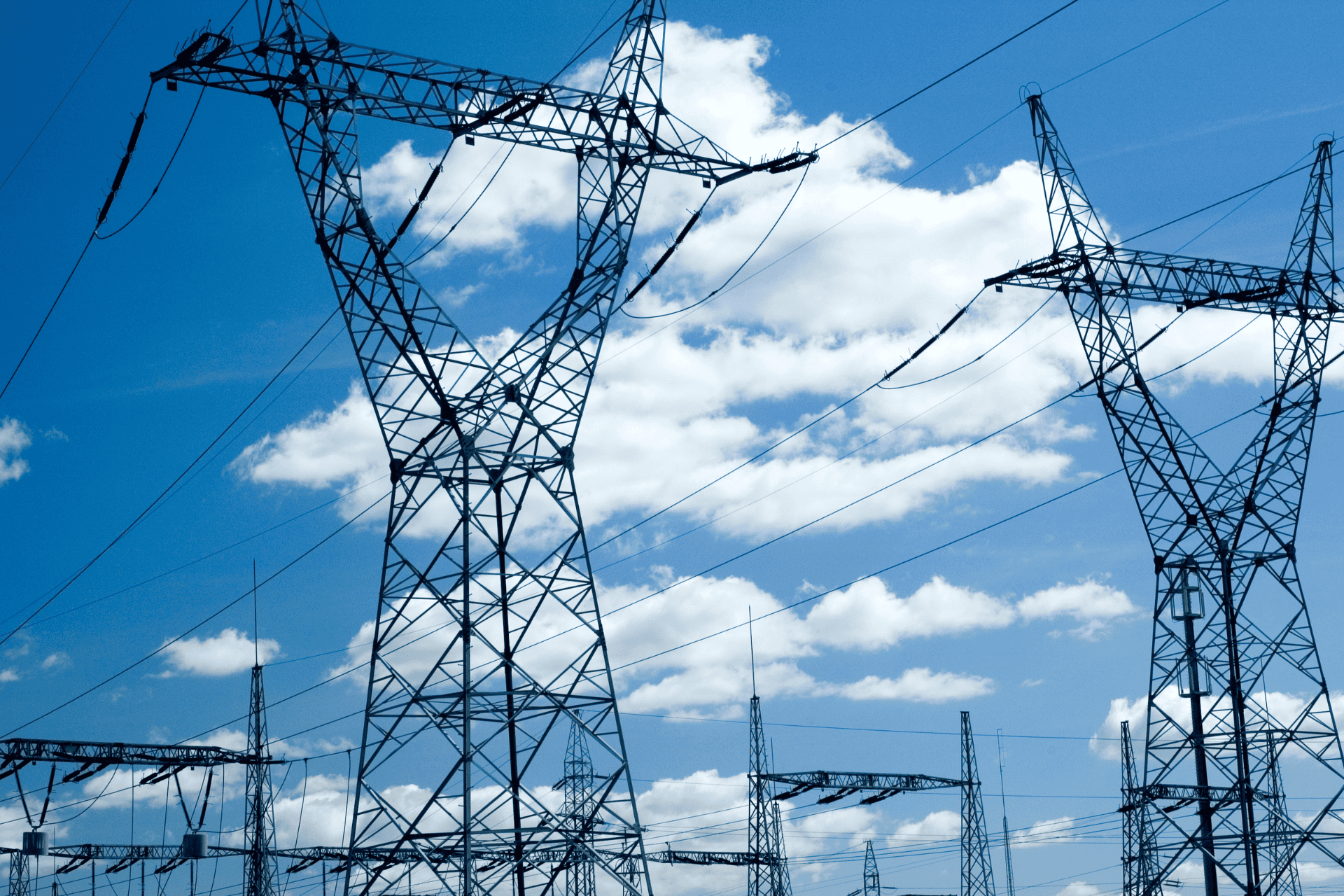For businesses with substantial energy consumption, this change presents both a financial risk and an opportunity to revisit their electricity supply strategies. National Utilities Refund is urging all businesses operating in PJM territory to take proactive steps now to understand their exposure and evaluate their energy contracts.
What Are Capacity Markets and Why Do They Exist?
PJM Interconnection is the regional transmission organization (RTO) that manages the electric grid and wholesale electricity markets for 65 million customers across 13 states and Washington, D.C. One of PJM’s primary responsibilities is to ensure there’s always enough power generation capacity to meet demand—even during periods of extreme usage, such as heat waves or deep freezes.
To do this, PJM operates a capacity market. Each year, PJM holds a forward-looking auction to purchase capacity from generators willing to guarantee availability three years in the future. These generators are paid a fixed rate—set in the auction—to be on standby, ready to deliver power if needed. The resulting cost of that commitment is then allocated to end users, including businesses, as part of their electricity supply rate.
The Recent Capacity Auction and What It Means
In its most recent auction, PJM secured capacity for the 2025/2026 delivery year—but at a much higher price than in previous years. In key zones such as PSEG, EMAAC, and PECO, capacity prices jumped from approximately $55 per megawatt-hour (MWh) to over $270/MWh. That’s nearly a fivefold increase.
Why the surge? Several contributing factors are at play: accelerated retirements of fossil fuel generators, slower-than-expected growth in renewable generation, delays in transmission projects, and increased peak load forecasts across the region.
This auction result means that beginning June 1, 2025, businesses will begin paying significantly more for the capacity portion of their electricity—whether or not they realize it.
How Businesses Actually Pay for Capacity
Capacity costs are not typically broken out on your electricity bill, but make no mistake—they’re there. If you’re on a variable or pass-through supply agreement, these costs may fluctuate directly with market rates. If you’re on a fixed-price contract, you’re still paying for capacity; it’s simply embedded in the all-in rate negotiated with your supplier.
One important factor that influences how much you pay for capacity is your company’s load factor. Load factor measures how consistently you use power throughout a billing period. It is calculated using the formula:
Load Factor = (Total kWh used) / (Peak Demand in kW × Hours in Period)
A lower load factor means your usage is “peaky”—you use a lot of energy at once and then much less the rest of the time. Because capacity costs are tied to your peak demand, customers with low load factors tend to pay more per kilowatt-hour (kWh) for capacity.
Price Impact Forecast Based on Load Factor
Based on recent calculations, the upcoming capacity price increase will raise electricity costs across all usage profiles—but the impact will vary widely depending on load factor. Below are projected increases per kWh:
| Load Factor | Old Capacity Rate ($/kWh) | New Capacity Rate ($/kWh) | Net Increase |
| 0.30 | $0.0076 | $0.0375 | +$0.0299 |
| 0.40 | $0.0057 | $0.0281 | +$0.0224 |
| 0.50 | $0.0046 | $0.0225 | +$0.0179 |
| 0.70 | $0.0033 | $0.0161 | +$0.0128 |
| 0.90 | $0.0025 | $0.0125 | +$0.0100 |
For large electricity users, even a $0.01 increase per kWh can translate into tens or hundreds of thousands of dollars in added annual expense. Understanding how your load factor affects these costs is essential for making smart decisions about your energy supply.
What Can Businesses Do?
Now is the time to take action. Start by reviewing your existing electricity supply contract to understand:
- Whether capacity charges are fixed or passed through
- When your current contract expires and when renewal negotiations should begin
- Your historical load factor and capacity tag exposure
A detailed audit can uncover hidden risks and identify opportunities to reduce your exposure before the new capacity rates take effect in mid-2025.
How National Utilities Refund Can Help
National Utilities Refund specializes in helping commercial and industrial customers understand the hidden details of their utility contracts. Our team will:
- Review your current supply agreement
- Calculate your load factor and capacity exposure
- Identify contract language that may leave you vulnerable to rising capacity prices
- Help you plan your next contract negotiation with confidence
We offer this utility audit service free of charge, with no obligation. Our goal is to help you avoid unexpected cost increases and structure a smarter, more cost-effective energy plan.
Contact Us Today
The PJM capacity price increase is coming—and businesses that are unprepared may see a sharp rise in electricity costs starting in June 2025. But there’s still time to act. By understanding how capacity markets work and evaluating your contract structure, you can position your business to weather the storm.
Contact National Utilities Refund today for a no-risk electricity contract audit and let us help you plan ahead.



